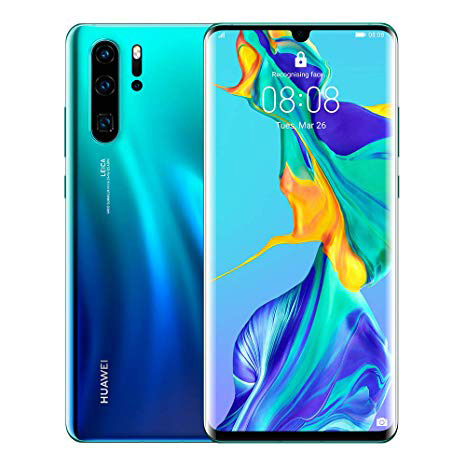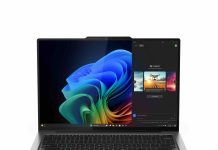Who would have imagined that Huawei was on the path to rewrite the course of mobile photography when they launched the P9 three years ago? At that time, the idea of co-branding with Leica to promote the smartphone was thought to be a mere brand gimmick, but the photo results were very encouraging. The P10 further improved the image quality, especially on portraiture with artificial background blur and when the P20 came about it introduced a triple lens system with the addition of a telephoto lens to achieve better hybrid zoom. With the following Mate 20 series, Huawei added an ultrawide lens to expand the angle of view. That again was nothing new, as LG had already introduced it on their G5 three years ago.
What, then, did the P30 Pro possess that alters the future of mobile photography? It is the Leica Quad Camera System that provides absolute versatility to capture moments in all angles of view, under all lighting conditions, at any distance.
On the P30 Pro, Huawei added a new 5x telephoto lens that does not protrude thanks to the periscopic design. The 5x zoom configuration is an unusual take as most smartphones would fit a 2x or 3x optical zoom lens. This would mean Huawei relies on software cropping for up to 4x zoom. Once the zoom reaches 5x, it switches to the telephoto lens at f/3.4 aperture and takes it off all the way to 50x zoom.

Imagine that: most smartphones could barely manage 10x digital zoom, but on the P30 Pro, Huawei achieved an equivalent of 1350mm reach on a 35mm camera – long enough of a reach to capture images of the moon. Obviously with the digital processing, the images might lack a bit of detail and sharpness, but nevertheless, it is a feat unattainable by any other current smartphone, and definitely appears no worse than most smartphones at 10x digital zoom.
Putting the incredible 50x digital zoom capability aside, shooting at 10x zoom reaps excellent image details with no visible difference from using optical lenses. Even shooting at 20x zoom appears to be more than satisfactory, but this only holds true for still images. Even with an optical image stabilizer, it is not realistic to shoot moving subjects at high zoom settings. On the flipside, the front-facing camera captures at 32MP, with more natural-looking beautification.
Another camera feature that shines is the low-light photographic capabilities. The rear standard camera uses a unique RYYB sensor instead of RGGB which is capable of receiving more light. Together with a large f/1.6 aperture and a jaw-dropping ISO 409600, the P30 Pro can shoot in the dark and expose the image as if it was a well-lit scene. And that’s not all – It is also possible to capture long exposure in broad daylight, using Light Painting mode. The super macro mode is also very usable: I was able to fill the frame with a close-up shot of the mini DisplayPort revealing the internal pins. Huawei has tirelessly differentiated themselves from the competitors with class-leading features.
While we have been too focused on the camera functions, there are other features that are worthy of mention. The in-display fingerprint sensor feels more responsive and works even if I tap briefly on the sensor. The front-speaker is replaced with an acoustic display technology that vibrates underneath the screen for phone calls, and it achieves similar clarity as a physical speaker. An innovative dual-view video mode is in the works, which allows two cameras to operate simultaneously to record video footage in split-screen mode.
As a smartphone, the P30 Pro performs similarly to the Mate 20, as they both run on the same Kirin 980 chip. It also supports wireless reverse charging to give a power lifeline to compatible products. The phone runs popular apps without hiccups, and the battery life is astounding with 50% remaining even after 18 hours of use.
Verdict
Rating 4.5/5
From $1398 (256GB)
The Huawei P30 Pro is the most authentic and versatile photographic experience you could ever get on a mobile device, rendering all compact cameras obsolete. From super macro to super wide, from extreme zoom to complete darkness, it goes to show that with perseverance and innovation, the impossible can be possible.








